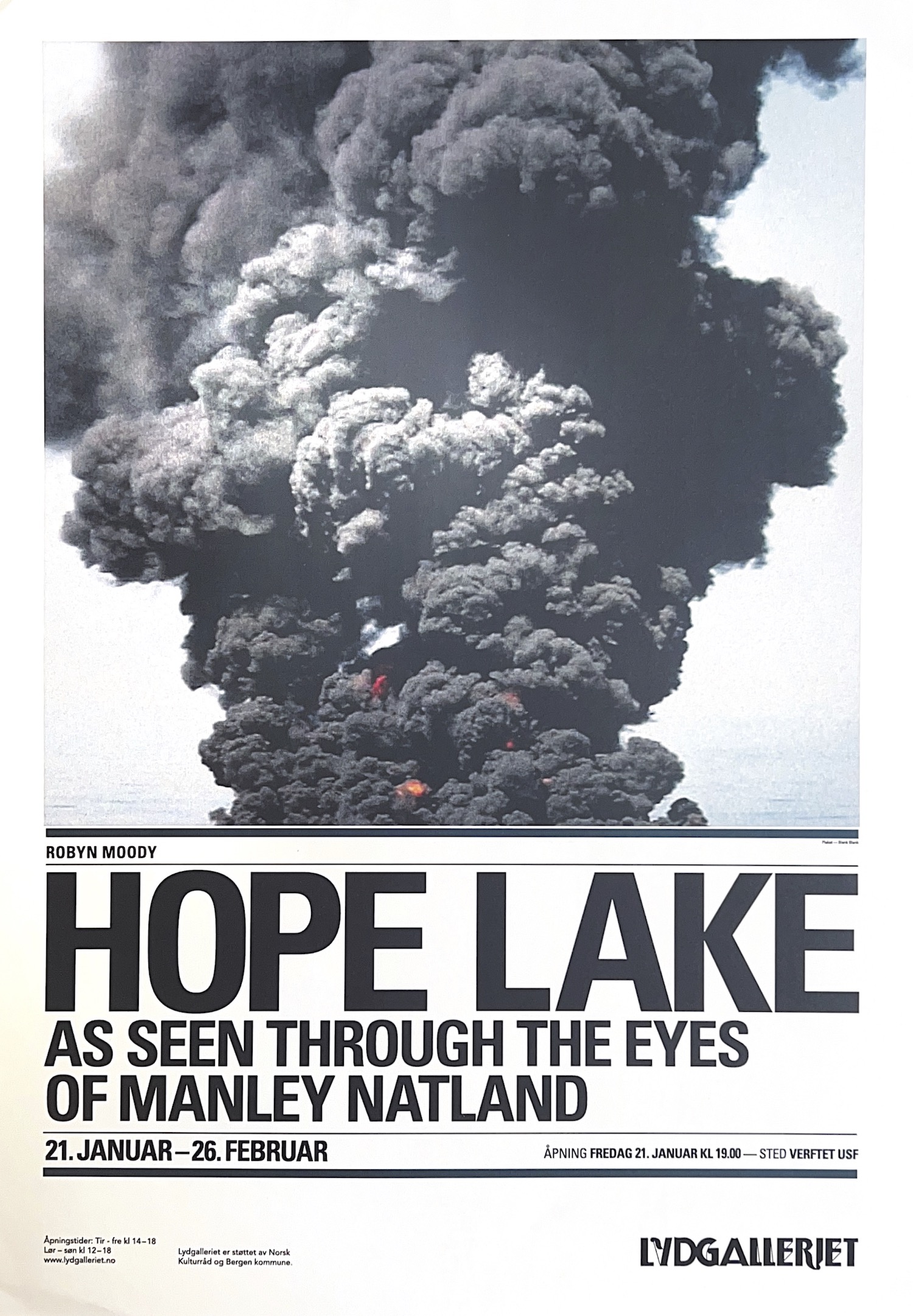In Alberta, Canada, a significant amount of the earth is saturated in oil. The difficulty of separating the oil from the sand was one that had obsessed people for years. In the 1950s, American geologist Manley Natland devised a plan to use underground nuclear explosions to separate the two.
The heat and pressure from the explosions would liquefy the oil, separating it from the sand, and the resulting underground crater would be an ideal vessel for the now liquid oil to be pumped to the surface. Little concern was expressed for the people or the land that would be affected. Only when it was discovered that the radiation could not be contained was the plan abandoned.
This is the first in a series based on water sources from within the oilsands. The profile of Hope Lake was chosen not because of any environmental impact that has befallen it (yet), but for its name. Hope for power (in both senses of the word), and hope as something that is vulnerable, and can be destroyed.
Hope Lake as seen through the eyes of Manley Natland is a scale model of the lake. The surface is made up of hundreds of spinning gears of different sizes. Fixed to each gear is a tilted mirror, which occasionally reflects light from overhead. As this is so fleeting, it is seen as a flash of light. The effect is a fairly accurate depiction of sunlight reflecting off the surface of water. The rumbling sound created by hundreds of spinning gears is reminiscent of the sound of rushing water.

